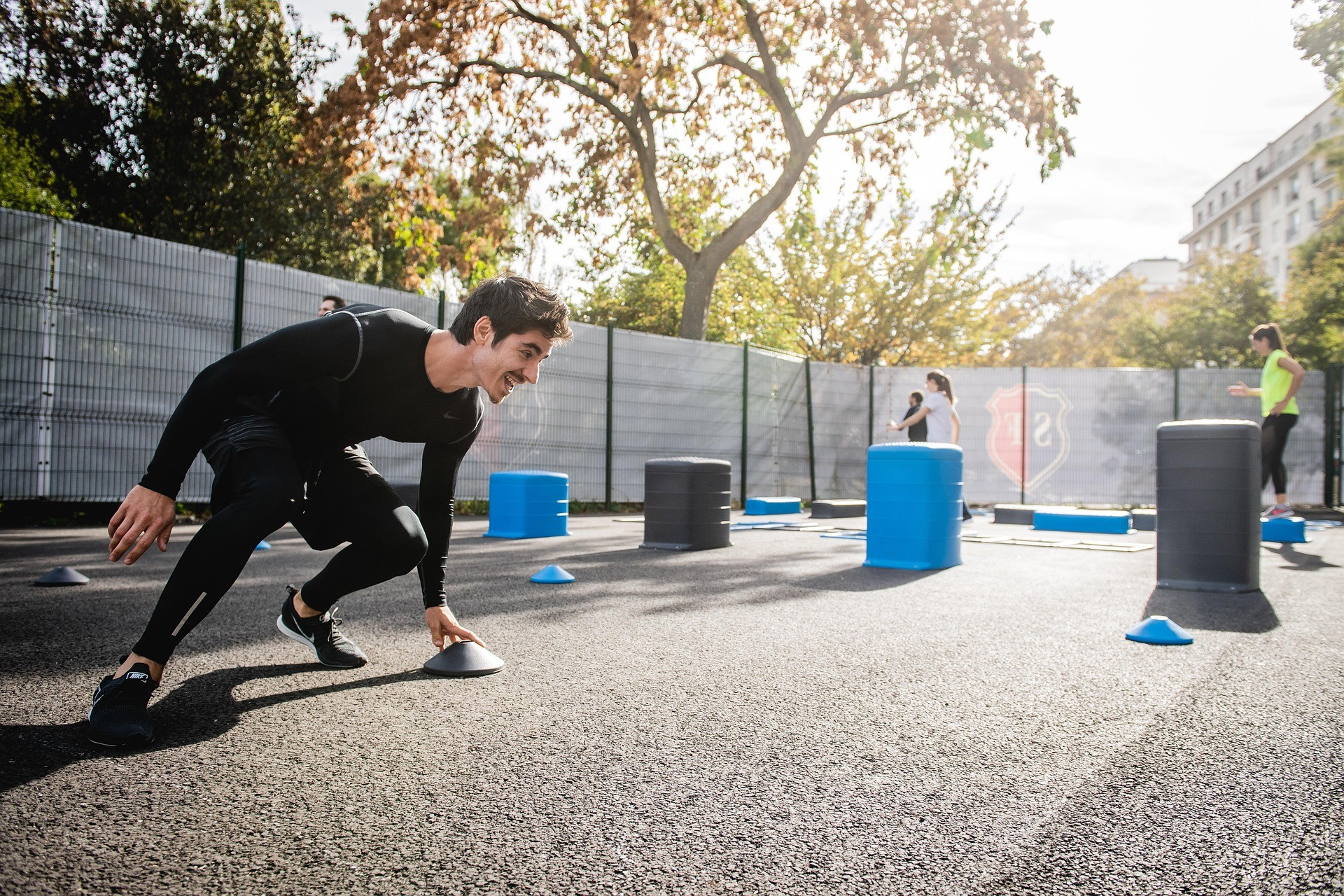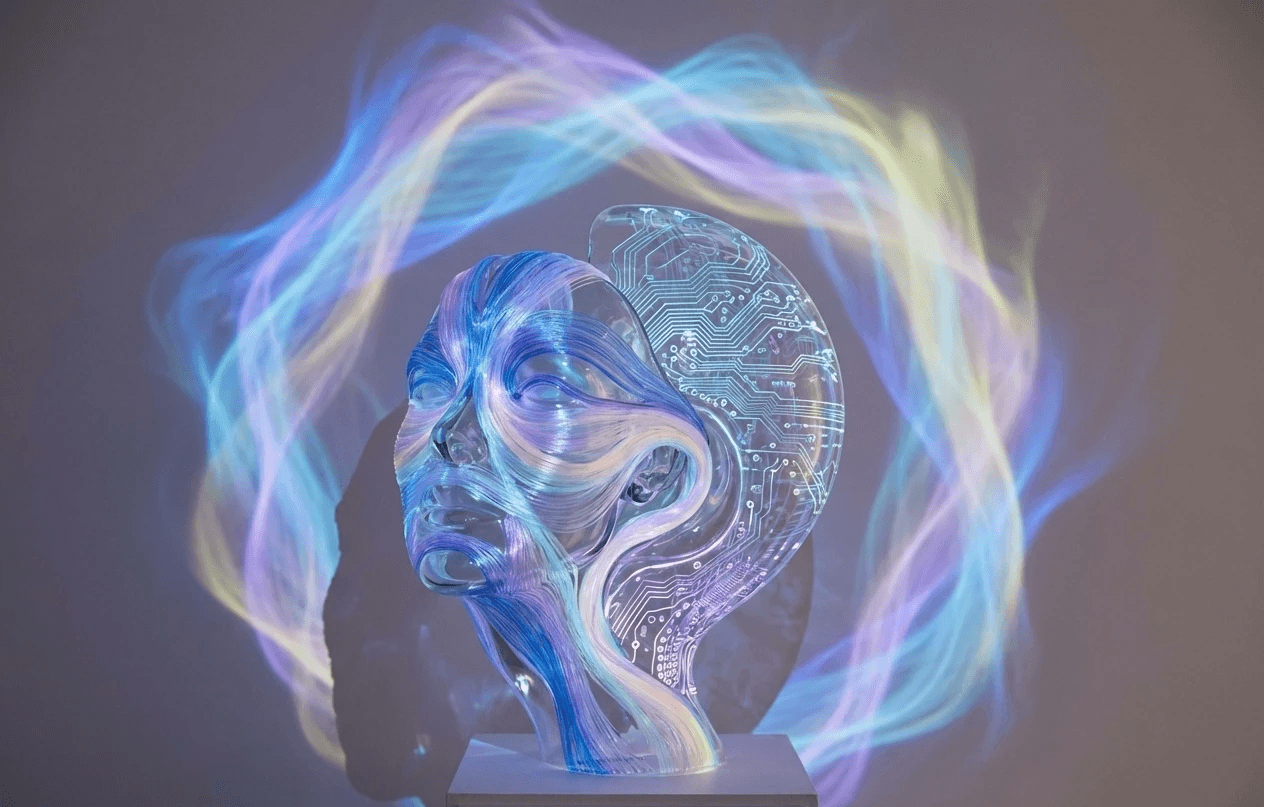Blog Details
Feeling Stuck? Move Your Body!
How physical activity can shake off emotional stress

Sanghee Lim
Project Manager

When Your Mind Hits a Wall
Ever found yourself staring blankly at your screen, mind foggy, emotions heavy, and motivation at an all-time low? You’re not alone. In our hyper-connected world, mental fatigue and emotional stress are common companions. But here’s a simple, often overlooked remedy: movement.
Physical activity isn’t just about fitness; it’s a powerful tool to reset your mind and alleviate emotional stress. Let’s explore how moving your body can unstick your mind.
The Science: How Movement Transforms Your Mind
Physical activity triggers a cascade of beneficial neurochemical changes:
Endorphin Release: Exercise stimulates the production of endorphins, natural mood lifters that promote a sense of well-being and reduce pain perception.
Cortisol Regulation: Regular movement helps lower cortisol levels, the body’s primary stress hormone, mitigating the effects of chronic stress.
Neurotransmitter Balance: Activities like aerobic exercise increase levels of serotonin and dopamine, enhancing mood and emotional resilience.
Neuroplasticity Enhancement: Engaging in physical activity promotes neurogenesis and strengthens neural connections, improving cognitive functions like memory and focus.
According to Harvard Health, physical activity reduces symptoms of depression just as effectively as medication in some cases.
Recognizing Emotional Stagnation
Emotional stress manifests in various ways:
Mental Fog: Difficulty concentrating or making decisions.
Physical Symptoms: Tension headaches, muscle tightness, or fatigue.
Emotional Signs: Irritability, anxiety, or a sense of overwhelm.
These symptoms often indicate a need for physical movement to release built-up tension and restore mental clarity.
Movement vs. Meditation: Finding What Works
While meditation offers numerous benefits, it’s not always the immediate solution for everyone. Physical activity can serve as an active form of mindfulness:
Immediate Engagement: Movement provides instant sensory feedback, grounding you in the present moment.
Energy Channeling: Physical activity helps dissipate nervous energy, making it easier to achieve a calm state.
Accessibility: Simple movements like walking or stretching can be more approachable for those struggling with traditional meditation practices.
Simple Ways to Incorporate Movement Daily
Integrating physical activity into your routine doesn’t require a gym membership or extensive time commitment:
Desk Stretches: Periodically stand and stretch to alleviate muscle tension.
Short Walks: Take brief walks during breaks to refresh your mind.
Dance Breaks: Play your favorite song and dance to boost your mood.
Active Commuting: Opt for walking or cycling when possible.
Bodyweight Exercises: Incorporate quick exercises like squats or push-ups during downtime.
Quick Reference: 5-Minute Mood Boosters
Walk Around the Block: Fresh air and movement can invigorate your senses.
Stretch Sequence: Perform a series of stretches to release tension.
Dance Session: Play an upbeat song and let loose.
Breathing Exercise: Try the 3-4-5 technique—inhaling for 3 seconds, holding for 4, and exhaling for 5—to promote relaxation.
Progressive Muscle Relaxation: Tense and release muscle groups to reduce stress.
Real-Life Transformations Through Movement
Consider these examples:
Alex, a Software Developer: Struggled with midday slumps until incorporating short walks, leading to increased afternoon productivity.
Jamie, a College Student: Found that morning yoga sessions reduced anxiety before exams.
Taylor, a Remote Worker: Used dance breaks to combat isolation, resulting in improved mood and energy levels.
Tech Tools to Encourage Movement
Leverage technology to stay active:
Stretchly: Reminds you to take regular breaks and stretch.
7 Minute Workout App: Offers quick, guided workouts suitable for any schedule.
Fitness Trackers: Devices like Fitbit or Apple Watch monitor activity levels and prompt movement.
Wakeout: Provides short, energizing exercises tailored for various settings.
Conclusion: Embrace Movement for Mental Clarity
Feeling stuck doesn’t have to be a permanent state. By incorporating physical activity into your daily routine, you can alleviate emotional stress, enhance mental clarity, and improve overall well-being. Remember, the journey to a healthier mind starts with a single step—literally.
Blog
Read More Blogs
Discover the Powerful Features That Make Mintro the Ultimate Finance Solution for Scaling Your Business









